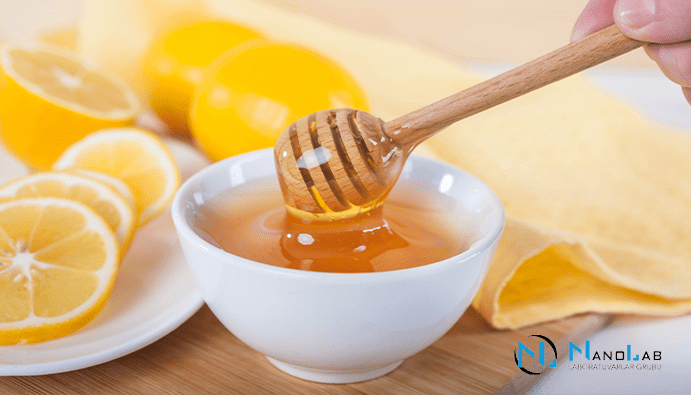
BLOG
KATEGORİDEKİ DİĞER YAZILAR

Honey is a natural product produced by bees by processing nectar collected from flowers and plant secretions in their bodies. Honey is widely preferred as a traditional, high-quality and health-promoting natural food. Honey is even used in medicine for its antibacterial and anti-inflammatory properties as well as its antioxidant activities.
Quality honey is natural, unprocessed and free from additives. Real honey should have a dense consistency and be rich in sweetness and aroma. Honey quality can be determined visually and sensually. Appropriate organoleptic and chemical parameters can only be achieved by proper preparation, processing and storage of honey. The main quality parameters of honey are: diastase activity, proline concentration and electrical conductivity, as well as free acid, hydroxymethylfurfural (HMF) and sucrose content.
Honey for consumption cannot have any strange taste, odor or food substances. It also cannot have started to ferment or be heated in such a way as to destroy or significantly inactivate natural enzymes.
Diastase (α-amylase) is one of the dominant enzymes in honey, alongside invertase and glucose oxidase, which are added to honey by the bee during the collection and maturation of flower nectar. One unit of diastase activity is defined as the amount of a-amylase that will convert 0.01 grams of starch to the predicted endpoint in one hour at 40 °C. Diastase number is a measure used to determine the quality of honey and refers to the amount of amylase enzymes present in honey. The diastase count is an important parameter that indicates how processed the honey is and how natural it remains.
A high diastase count in honey means that the honey is fresh and natural, without excessive heat treatment or additives. A low diastase count, on the other hand, may indicate that the honey may have been processed or subjected to some counterfeiting or adulteration processes. Therefore, the diastase number is used as an important indicator to learn about the purity and freshness of honey.
Nanolab Laboratories Group continues to provide services within the scope of Diastase Number Determination in Honey. We also provide services on HMF Determination in Honey.
Contact us for more information.
You can follow us on LinkedIn for up-to-date news and posts about our services.
Follow our Instagram account to be informed about our latest blog posts.